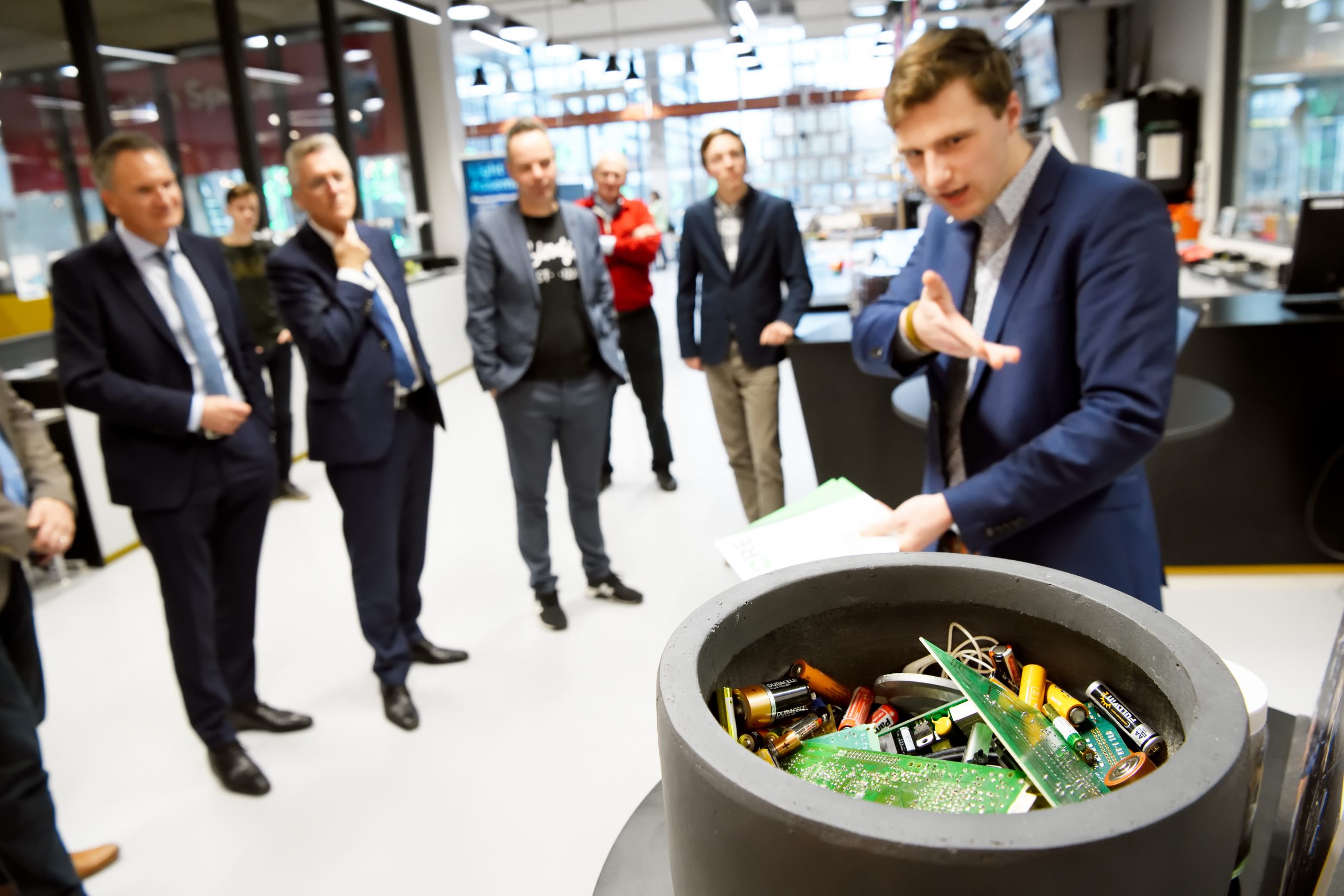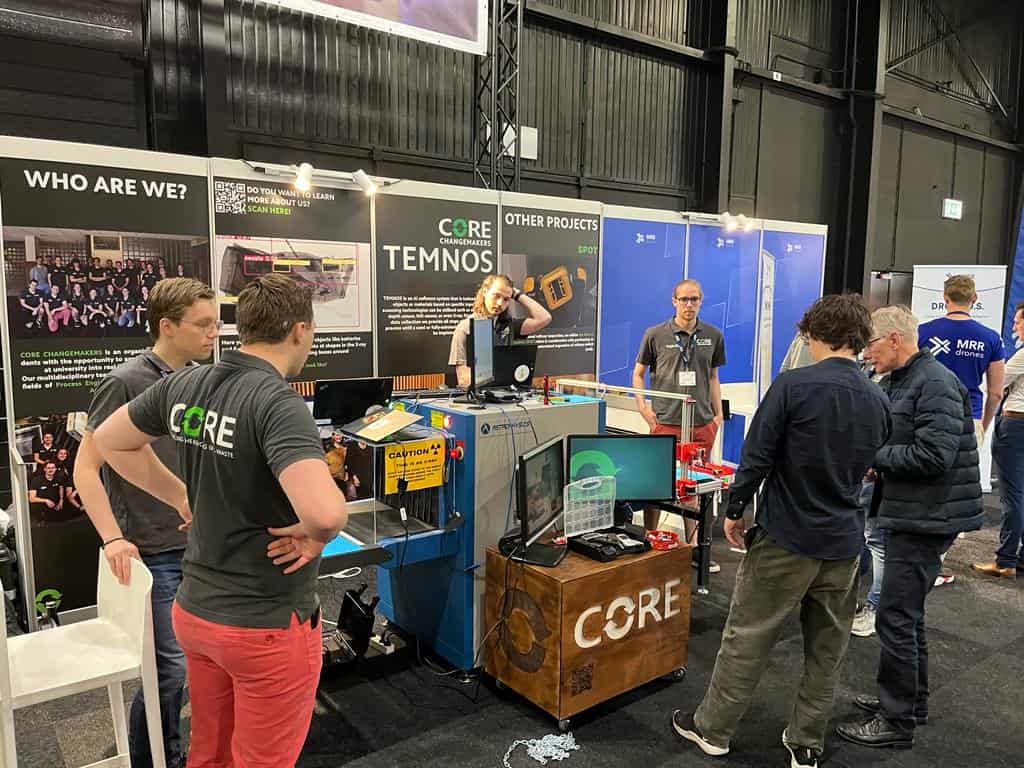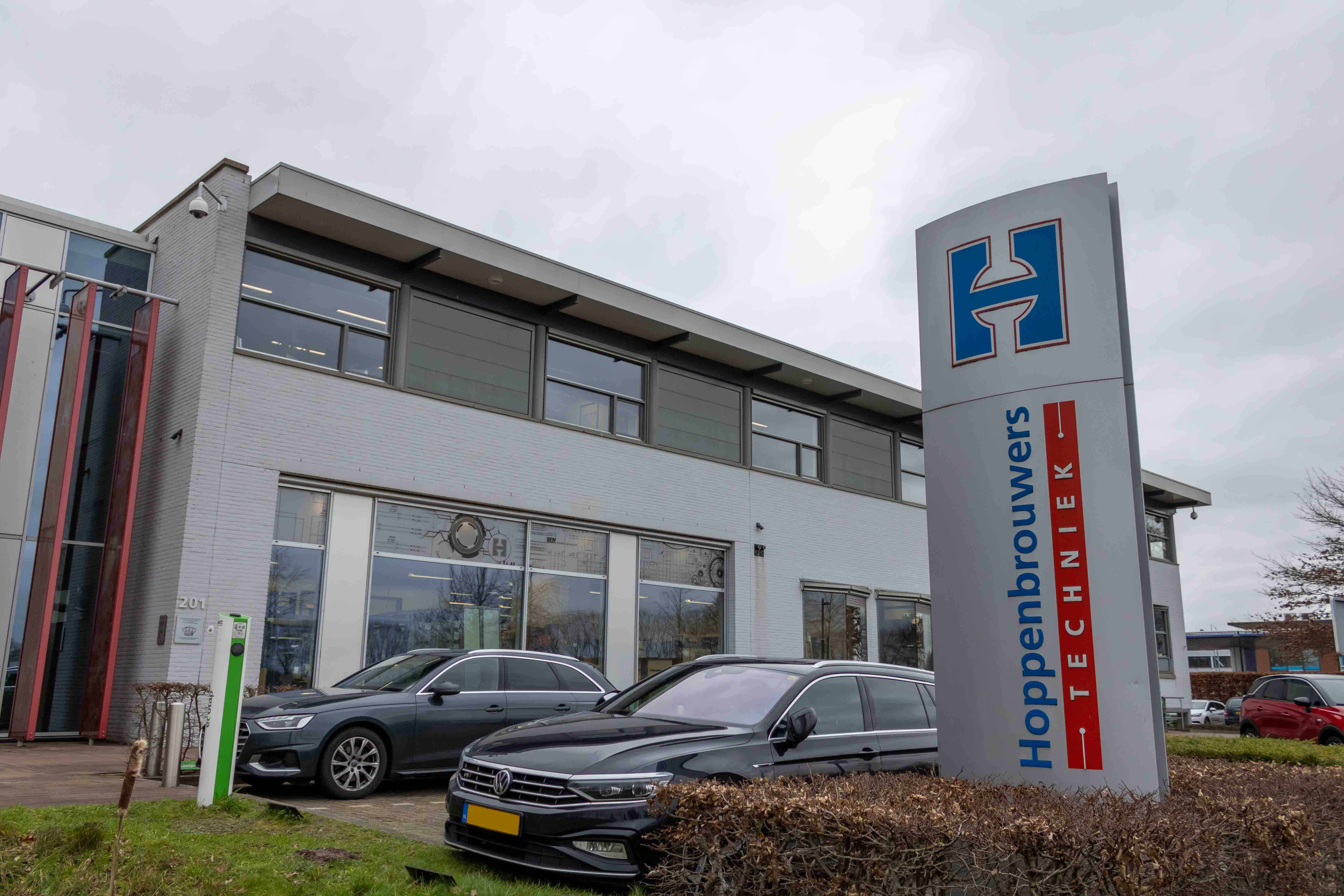
The first metal recycling plant will open in Delfzijl around 2021. Team CORE, a student team of the Eindhoven University of Technology (TU/e), the Netherlands, is contributing to this. The students have developed a furnace where metal can be recycled, something that has been impossible up until now. What started out as a kid’s dream of making the world a little more beautiful is now rapidly becoming reality. Talks and negotiations for factories in different parts of the country are in full swing, starting in the far north.
“The purchase contract for the Delfszijl site has been signed, with a final option set for the end of 2020. We are now looking at exactly how we are going to set up the site,” says Dirk van Meer, team captain of Team CORE. “If everything goes according to plan, the factory will be operating in about a year and a half. In the special furnace, metal is heated so that it decays into pure elements; it can be reused this way. This is necessary since in 35 years’ time there will be no more metals like lithium and cobalt in the earth’s crust.”
Different layers
The furnaces mix high-energy waste, such as sludge, and low-energy waste, such as metal. “This way, we only have to turn on the oven once and it stays warm because of the energy from the waste,” explains the chemical engineering student. The furnaces process waste products that are normally useless to industry. Products such as car wrecks, telephones, and laptops are first pulverized into particles of about one centimeter in size. Then they go into the oven. Three layers are then formed: a metal, slag, and mineral layer. From the metal new electronics can be made, for example. The team has also found applications for the other layers. For instance, the mineral can be used for roads, and as a substitute for sand in concrete. This mineral has CO2-absorbent properties.
The process that takes place in the furnace is the same one that takes place at the core of the earth. Waste seeps between the cracks of the tectonic plates via rivers and seas to the core of the earth. There it is so hot that it decays back into pure elements and people can then mine it out. “We’ve accelerated this process from 35 million years to one week,” says Van Meer. The furnaces solve the impending metal shortages and ensure that there are fewer waste streams in waste processing.
Read more about Team CORE’s technology here.
Throughout the country
This is one of the reasons that the team may soon be working with a large waste processing company. “We are now in talks to see if we can also set up a factory in Moerdijk, close to the processor. We will then be able to further process the remaining waste streams,” explains the team captain. He is also looking at Dutch locations in Haps, Duiven, and at the Metalot innovation center in Budel. “In Duiven we will soon start the application process for a permit, which takes about 18 months,” says Van Meer. “We have contacts with various companies to whom we can sell the flows from our furnace. For example, the obsidian would go to NTP and the metals could go to Nyrstar or TATA Steel.”
Team CORE aims to set up factories in various places throughout the Netherlands and sell the products there to local companies. Van Meer: “If trucks have to drive far to bring waste to the factory or to bring products to customers, this results in high CO2 emissions. We want to prevent that with this way of working.”
Enabling innovation
In addition, the team can experiment more with small factories and process different types of waste. “One type of waste is not the same as another. By setting up different types of factories, we can try out several different functions for the oven,” Van Meer explains. “If we are going to try something new in one large factory, we have to shut down the entire facility. If we have several small factories, we can shut one down and let the rest stay running.”
This way of thinking and working is also reflected in the company structure around Team CORE. “The knowledge about the furnace is in the hands of a foundation. We want the knowledge to remain available to everyone,” says Van Meer. Underneath that there are several private limited companies, one for each factory. Several partners are involved. “The fact that the first oven is now almost operational is a goal that we have really achieved with the whole team and all our partners. Everyone has done his or her bit,” he says.
“Researcher Jan Lotens discovered the technology about ten years ago. I first came into contact with it five years ago when I was making my junior thesis in highschool. Some 50 people have already contributed to it.”
New team
Van Meer will graduate next year and will then no longer serve as team captain of Team CORE. “We’re looking for a new leader, but that’s not easy these days. But we do have enough team members to continue as a student team next year,” he says. “That’s also important for the development of the technology. A student team is often on campus and is in contact with people at the university.” After graduating, he wants to start working as an innovation manager at the umbrella foundation. “I don’t want to be a big boss, I want to develop good technology and make the world a little more sustainable.”
Team CORE is part of TU/e innovation Space, the community that supports student teams and companies. Here you can find the stories of other teams.







